The youngest sister, the exquisitely lovely Ekaterina Svanidze, whom everyone called Kato, fell in love with the mysterious and witty Comrade Soso. By then he was head of the Bolshevik faction in Tiflis, and it was no surprise that the tsar’s secret police often came calling. Kato was pregnant within months of their marriage and gave birth to Yakov in March 1907. She contracted typhus shortly afterward. The family reported that Kato, just twenty-two, died in Soso’s arms on November 22, 1907. At the funeral, a distraught Soso threw himself into the grave with the coffin, and then he disappeared for two months. 5
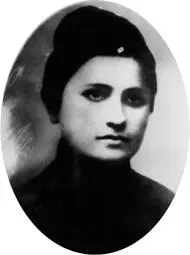
Stalin’s first wife, Ekaterina “Kato” Svanidze, who died in 1907.
(Svetlana Alliluyeva private collection; courtesy of Chrese Evans)
Looking back, Stalin would tell his daughter, Svetlana, that Kato “was very sweet and beautiful: she melted my heart” 6—but not quite enough, it seemed, for him to assume responsibility for their infant son. He abandoned Yakov to the care of his mother-in-law and the Svanidze sisters. One of the few contacts that the family had with Stalin was a letter from Siberia during one of his pre-Revolution exiles, asking them to send him wine and jam. 7
On a visit to Georgia in 1921, the Svanidze family encouraged Stalin to bring his fourteen-year-old son back with him to Moscow. Stalin’s brother-in-law, Alyosha Svanidze, who’d been so close to Stalin in his early revolutionary days, also came, bringing along his sisters, Mariko and Sashiko, thus joining the Kremlin elite. A Europeanized Georgian, Alyosha had studied in Germany and was something of a dandy. His beautiful, flamboyant wife, Maria, from a wealthy Jewish family, who had sung in the Tiflis opera before her marriage, came with him. It would have been much safer for them had they all stayed in Georgia.
Artyom Sergeev, Nadya and Stalin’s adopted son, occasionally visited. His father had been killed in 1921 while testing a new high-speed train powered by an airplane engine. Though Artyom’s mother was still alive, Stalin adopted the boy, in keeping with the Bolshevik custom of assuming the care of orphans of Party members. Artyom became the bosom buddy of Svetlana’s brother Vasili. 8
The only person who was always absent from these family gatherings was Stalin’s mother, Ekaterina, affectionately known as Keke. Nadya would write her mother-in-law encouraging letters: “Things here seem to be all right, we’re very well. The children are growing up. . . . Altogether we have terribly little free time, Joseph and I. . . . Still, I’m not complaining and so far, I’m coping with it all quite successfully.” 9
Though she had visited the Kremlin once to meet Nadya, Stalin’s widowed mother refused to abandon her beloved Georgia. She lived in the old Viceroy’s Palace in Tiflis, where she chose to occupy a room on the ground floor next to the servants’ quarters, while the top floors were reserved for social functions.
To Svetlana, who seems to have met her only once in Georgia, her paternal grandmother, Keke, was a stranger and therefore rarely a part of her family mythology. Svetlana knew the stories: that her grandfather Vissarion “Beso” Djugashvili had been a cobbler who, in his drunken rages, had beaten his son brutally until Keke finally kicked him out. Keke had scraped together the money to send Joseph to the Gori Church School and then on to the Tiflis Seminary, intending him to become a priest. Svetlana always said that the notorious brutality of the Orthodox priests, who punished their students with solitary confinement for days in dungeonlike cells, had shaped her father’s penchant for cruelty.
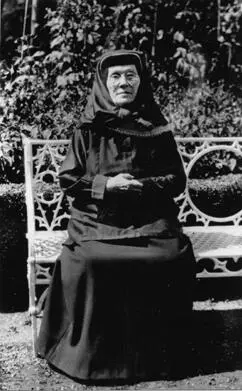
Stalin’s mother, Ekaterina “Keke” Djugashvili, who refused to leave her native Georgia to visit Moscow.
(Svetlana Alliluyeva private collection; courtesy of Chrese Evans)
As an adult, Svetlana would only sparingly comment on her father to friends, but one of the things she did say was that the only person her father ever feared was his mother. 10But such was the mystification in which her father cloaked himself that even his daughter did not know his real birth date. Stalin was actually born on December 6, 1878, a year earlier than he claimed. 11In keeping with his habit of inventing much of his own biography, Stalin chose December 21, 1879, as his official birthday. The family always celebrated on this day.
This, then, was Svetlana’s intimate family. She maintained that at the center of it all was her mother, Nadya, who died when Svetlana was six and a half. What does a child remember of her mother at such an age? By her sudden disappearance, Nadya became a key to understanding Svetlana’s emotional life. The photograph Svetlana most loved was the one of her mother holding her when she was an infant. It was proof that her mother loved her.
Svetlana couldn’t remember her mother’s face, but she could remember the smell of her Chanel perfume, which Nadya wore despite Stalin’s disapproval. Her mother would come into her room to say good night, would touch her, then touch her pillow, and she would fall asleep engulfed in perfume. 12But she could barely remember her mother kissing her or stroking her hair. Her mother was a strict disciplinarian. Hearing from Vasili, her tattletale older brother, that she’d been naughty, Nadya wrote to her daughter from her vacation in Sochi:
Hello, Svetlanochka!
I had a letter from Vasya [Vasili] saying that my little girl is carrying on and being terribly naughty. I hate getting letters like that. . . . When Mama went away, her little girl made a great many promises, but now it turns out she isn’t keeping them. Please write and let me know whether you’ve decided to be good or not. You decide. You’re a big girl and are able to think for yourself. Are you reading anything in Russian? I’m waiting to hear from you.
Your Mama 13
This letter, written when Svetlana was four or five, was the only letter she ever received from her frequently absent mother.

Svetlana, age six, with her eleven-year-old brother, Vasili, in a photo from 1932 taken before their mother committed suicide on November 9.
(Svetlana Alliluyeva private collection; courtesy of Chrese Evans)
Svetlana felt she was a quiet, obedient child. Three decades later, she could write: “[Mother] expected a good deal of me,” still hurt that there were few memories of tenderness in her mother’s treatment of her. 14But there was one thing in particular that she did recall. It was the memory of her mother drawing a little square over her heart with her finger and telling her, “That is where you must bury your secrets.” 15In the backbiting political world of the Kremlin, Nadya kept her feelings and her secrets hidden, something her daughter, who would become notorious for her emotional outbursts, did not emulate.
As a child, of course Svetlana thought her mother was beautiful. In retrospect, she believed her mother showed her love through her dedication to her children’s education, which she took in hand from their earliest childhood and which, for Svetlana, made her the model of the dedicated mother.
Nadya is an elusive figure in the Stalin universe. She was a sixteen-year-old girl when, according to the family and to her daughter, she fell madly, passionately in love with the thirty-nine-year-old Stalin, already Lenin’s loyal ally and a star in the Bolshevik firmament. Much to her parents’ annoyance, she ran off with him in 1918 to join the Revolution, becoming his secretary. Nadya was headstrong, stubborn, puritanical, and idealistic. To outsiders she appeared cold, but this exterior hid a passionate and volatile temperament.
Читать дальше
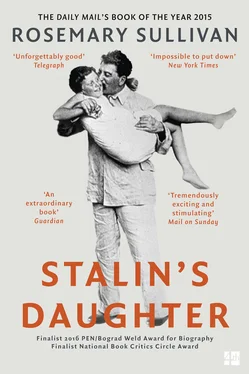



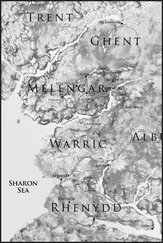


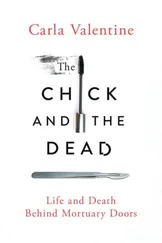






![John Bruce - The Lettsomian Lectures on Diseases and Disorders of the Heart and Arteries in Middle and Advanced Life [1900-1901]](/books/749387/john-bruce-the-lettsomian-lectures-on-diseases-and-disorders-of-the-heart-and-arteries-in-middle-and-advanced-life-1900-1901-thumb.webp)
